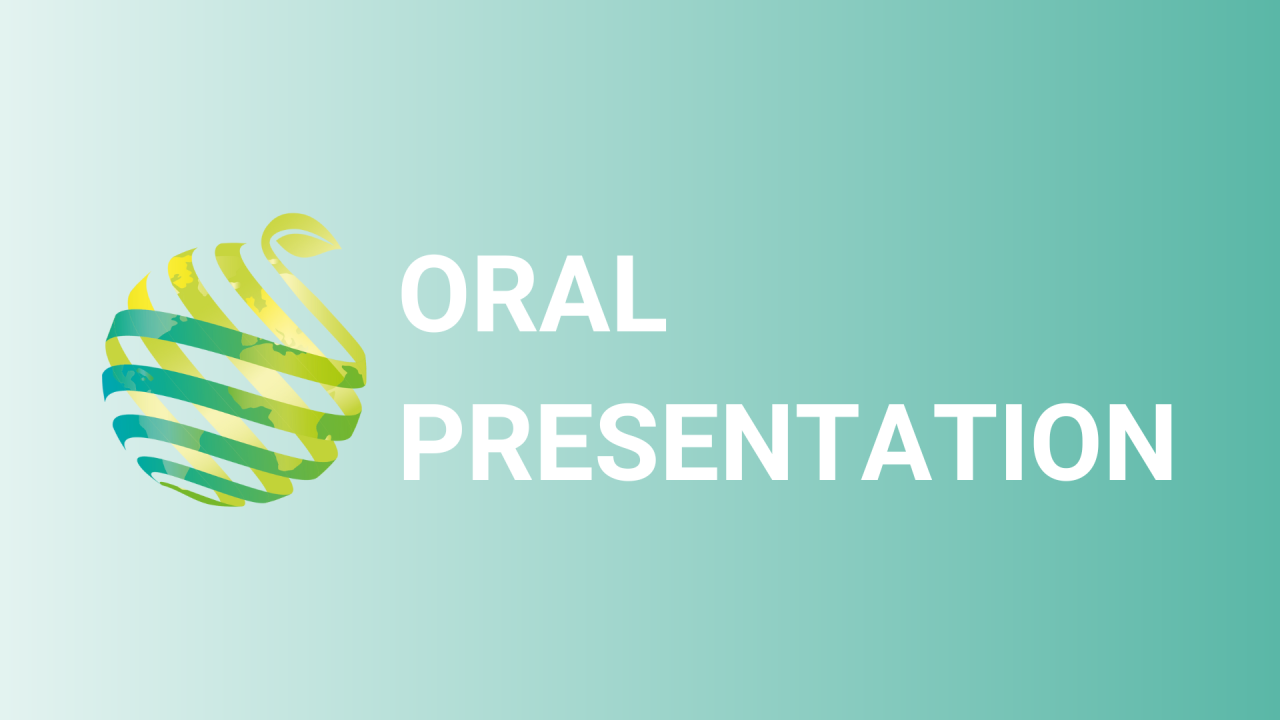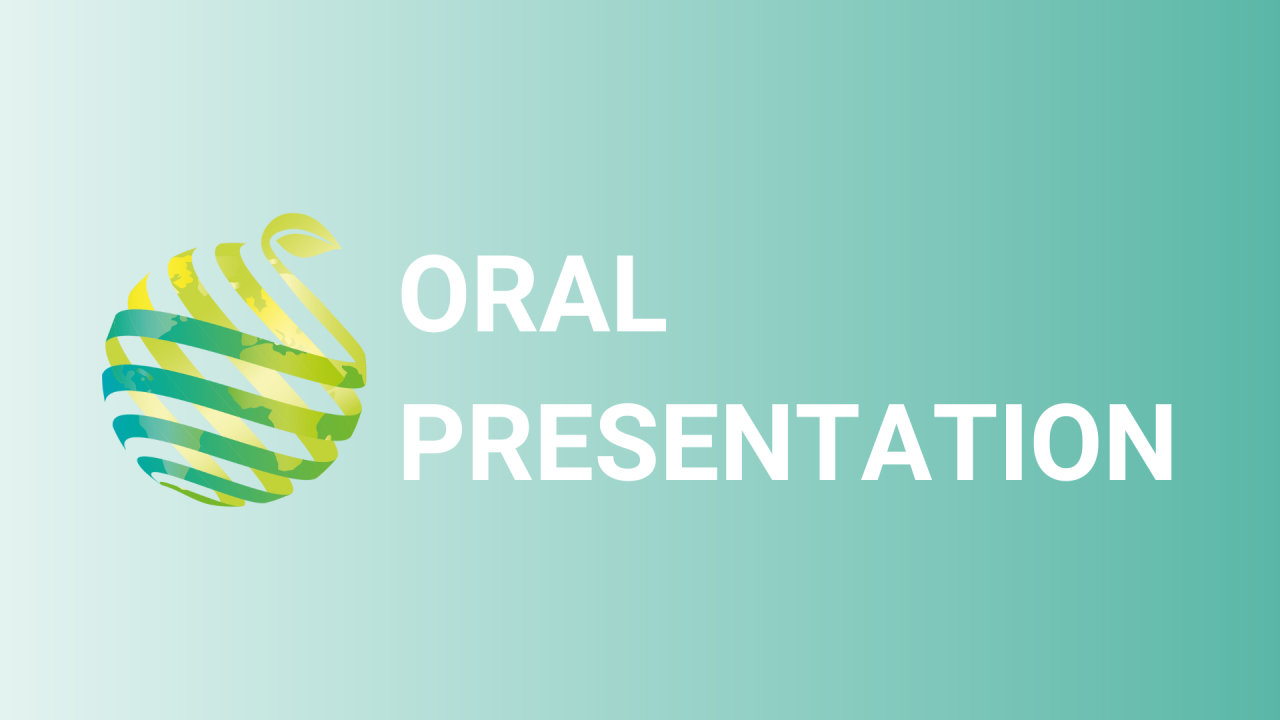

S01 - Session O5 - I - Multi-trait selection methods for genetic improvement of horticultural crops
Information
Authors: Stephane Kern *, Craig Hardner, Bruce Topp, Bruno Santos
Identifying elite cultivars for horticultural crop production is challenging due to many traits of interest. Industries can be engaged in the prioritization of breeding objective traits and generation of quantitative preference data that can be incorporated into a selection index. This presentation evaluates the suitability of a quantitative survey methodology, previously used in animal industries, to inform horticultural crop breeding objectives. Using the Australian macadamia breeding program as a case study, the aim was to elicit preferences of stakeholders across the Australian macadamia value chain for economically equivalent trait changes. An online pairwise quantitative choice analysis survey using 1000 minds software elicited and ranked stakeholders' preferences for levels of trait improvements of similar economic value (determined using an industry-accepted bio-economic model) among 10 important breeding traits. Demographic and psychometric surveys were used to collect information on characteristics of respondents and additional information on possible motivators of cultivar selection to assist with interpretation of results. A total of 19 respondents participated in the survey, representing 20% of the Australian macadamia production. Respondents displayed a high willingness to use the 1000minds software. Respondents exhibited a wide variability in preferences; however, variation in average preference among trait improvement levels was not large, suggesting on average preferences were consistent with economic values derived from the industry bio-economic model. Observed heterogeneity in preferences was not associated with respondents' role in the industry, orchard size, or growing region. This study is the first to quantify preferences for levels of trait improvements in horticultural tree crops. The methodology may be extended to fruit and nut breeding programs to improve alignment of selection with stakeholder values.